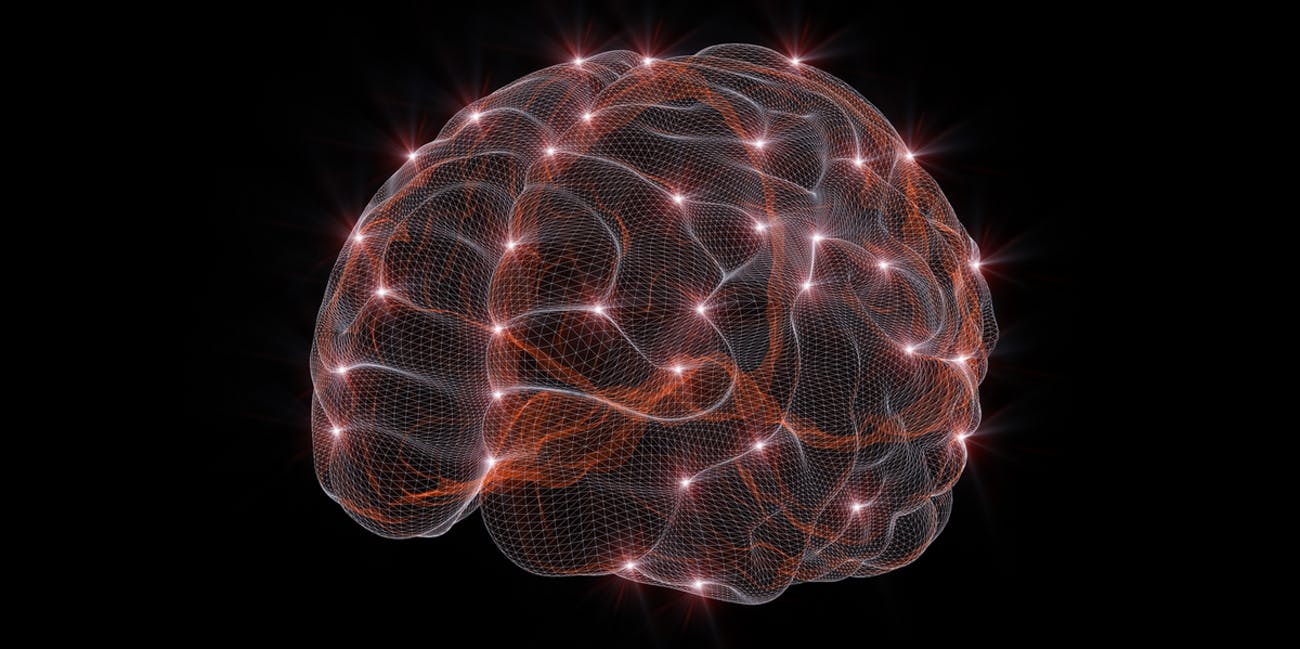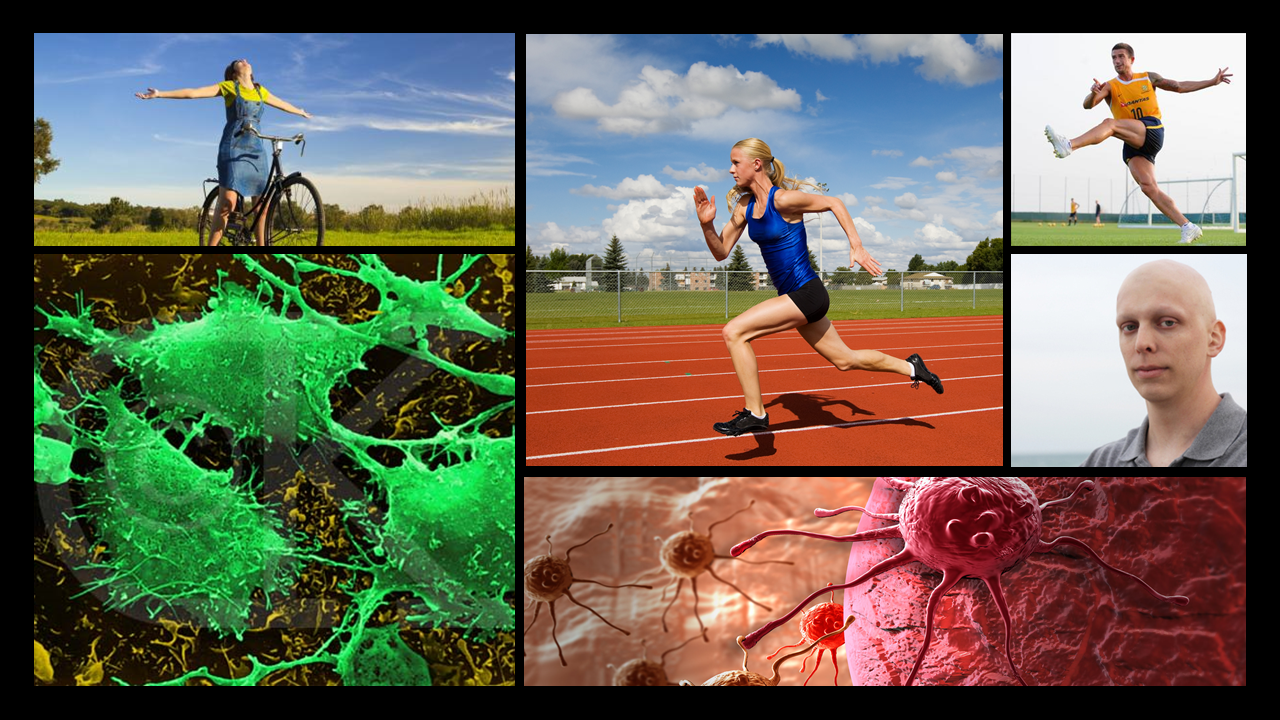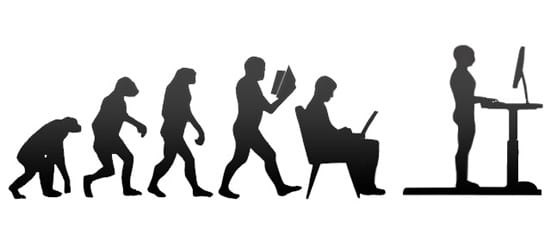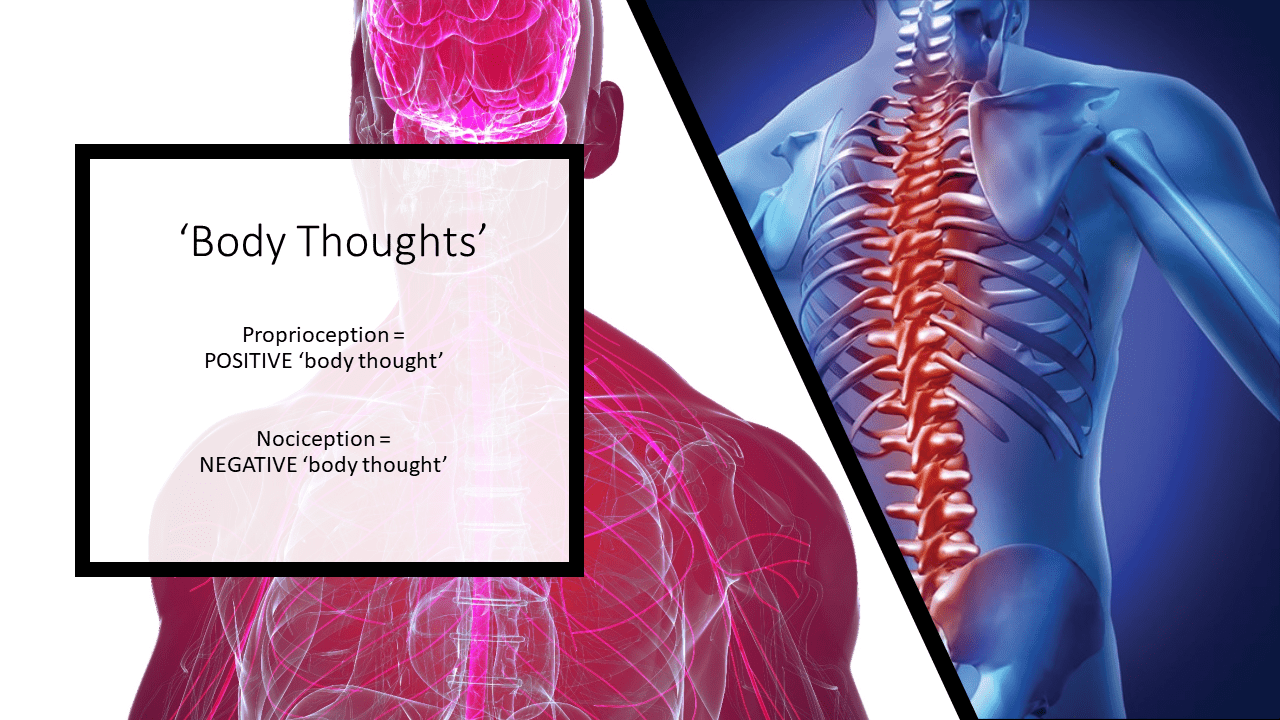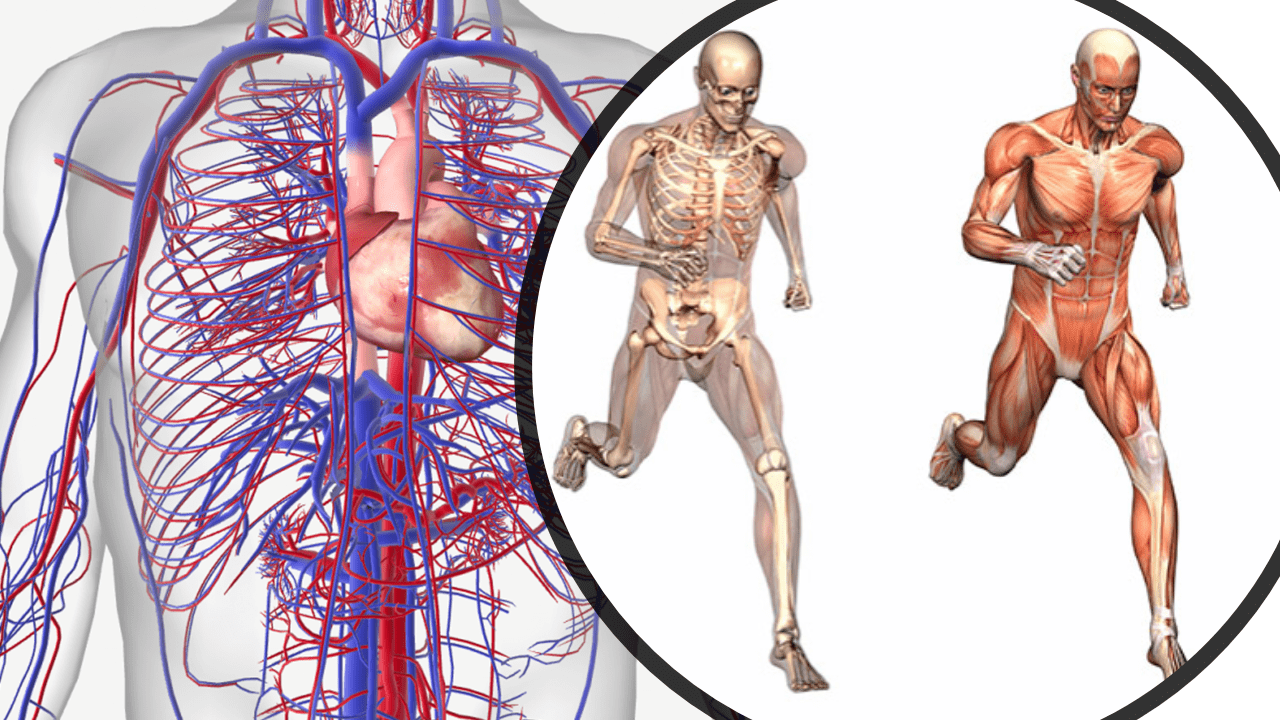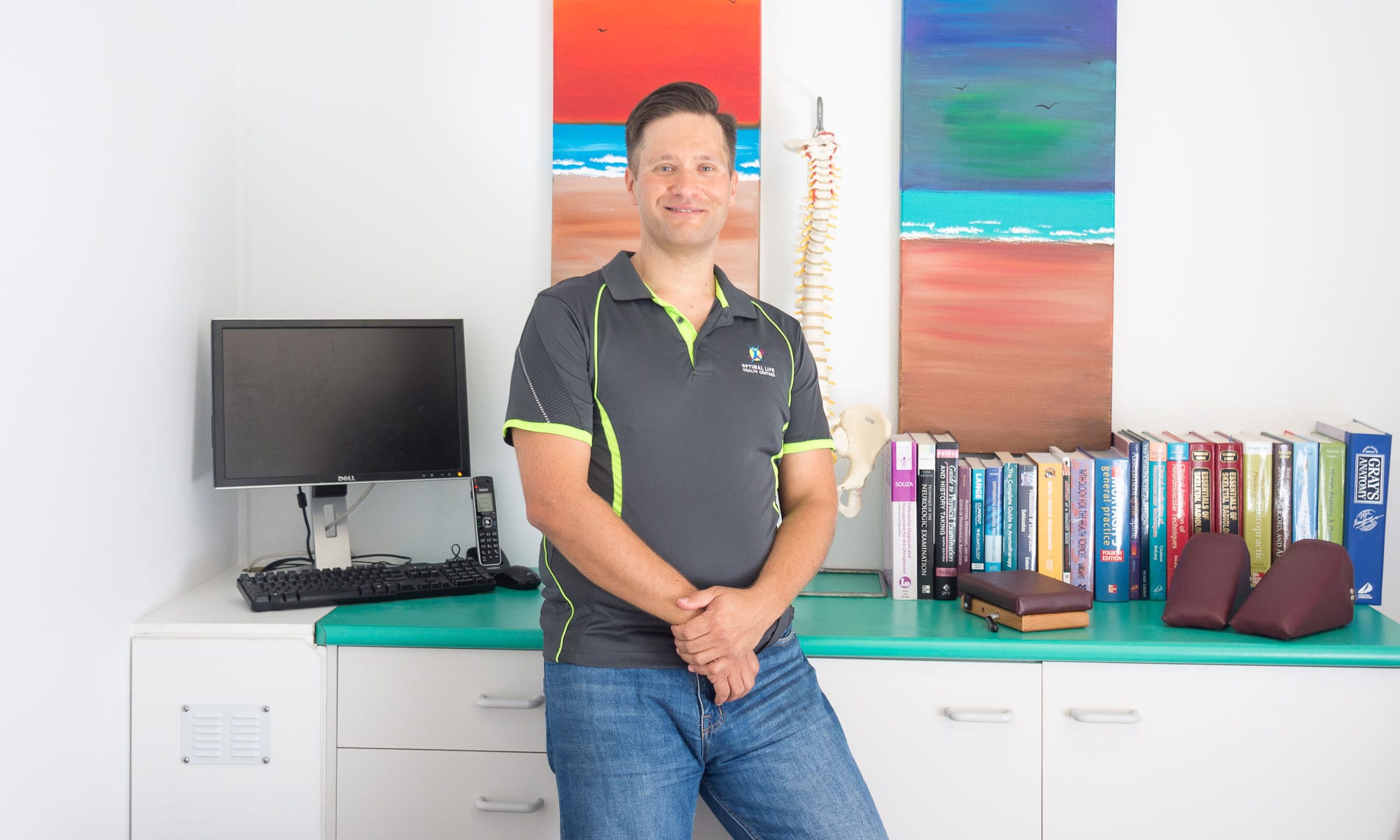Sufficient movement, and the resultant transmission of nerve feedback that ‘signals’ awareness of this movement to the brain is CRITICAL to healthy brain function. The common theme we’ve been discussing under the category of Vibrant Life Key 3 – Moving – the way it’s meant to be, is the importance of sufficient levels of movement … Read more
Movement
It is clear common-sense that movement is valuable and necessary to promote optimal health – including skeletal health. The stresses of gravity, ‘push-pull’ of muscles, resistance and weight-bearing in an upright position all contribute to a ‘sensory’ load that keeps our bony system healthy. Bones are constantly changing, thickening, re-shaping in response to these loads … Read more
Appropriate movement levels can promote a cancer-free functional state – a level of health in the body where the likelihood of the development of cancers is significantly reduced; this is more evidence of the critical role movement plays in an ideal life. Elsewhere on this site we have shown the impact of a chronic ‘stress’ … Read more
A consistent argument discussed on this site is that chiropractic adjustments (when required) are an essential component of living a vibrant, ideal life with great levels of health. This assertion is based on the definition of health we use, and the rationale for regular chiropractic adjustments, found here. Chiropractic Adjustments help restore the needed and … Read more
Movement Deficiency Syndrome™ is a concept informed by the idea that we all NEED exercise or physical movement! Movement is life! Movement is a biological requirement for neurological health and a vibrant, optimal life. The evidence is clear that movement is an ‘essential nutrient’ to ensure the healthy, homeostatic function, both of individual cells, and … Read more
The term ‘body thoughts’ has been coined to simplify somewhat complex neurological terminology and make these topics easier to understand. The concept of a positive thought is obvious. We understand what it is, and elsewhere on this site we have explained the brain pathways by which they directly reduce the stress reaction in our body … Read more
Healthier amounts, types and proportions of fats in our blood can be developed with appropriate levels of movement. A ‘Lipid’ is the technical name for fats and oils. Blood lipids are the relative amount and proportion of fats, cholesterol, and other molecules that they form which are found in the blood. Clearly this is a … Read more
It is obvious that if you exercise more, you have a leaner, trimmer body, with less fat storage and better functioning, more developed muscle – this gives us a healthier body composition that also ‘looks’ better. Body composition is in many the ‘holy grail’ for many – how we look is often (erroneously) used as … Read more
It is common sense that movement (exercise) is essential for maintaining good cardiovascular function – heart health, blood vessel health and keeping blood pressure in a healthy range. An improvement of heart and blood vessel health toward homeostatic (healthy) function can only occur as the result of the genes responding to healthier levels of environmental … Read more
There is a clear relationship between Vertebral Subluxation Complex (Subluxation for short), sedentary living, negative body thoughts, somatoneurophysiology™, and less-than-ideal levels of health, or increased levels of illness. Somatoneurophysiology™ Somatoneurophysiology™ is a term coined to show the clear relationship between somato- (the body wall or body ‘structure’) neuro- (the nerve feedback messages from theses structures … Read more

